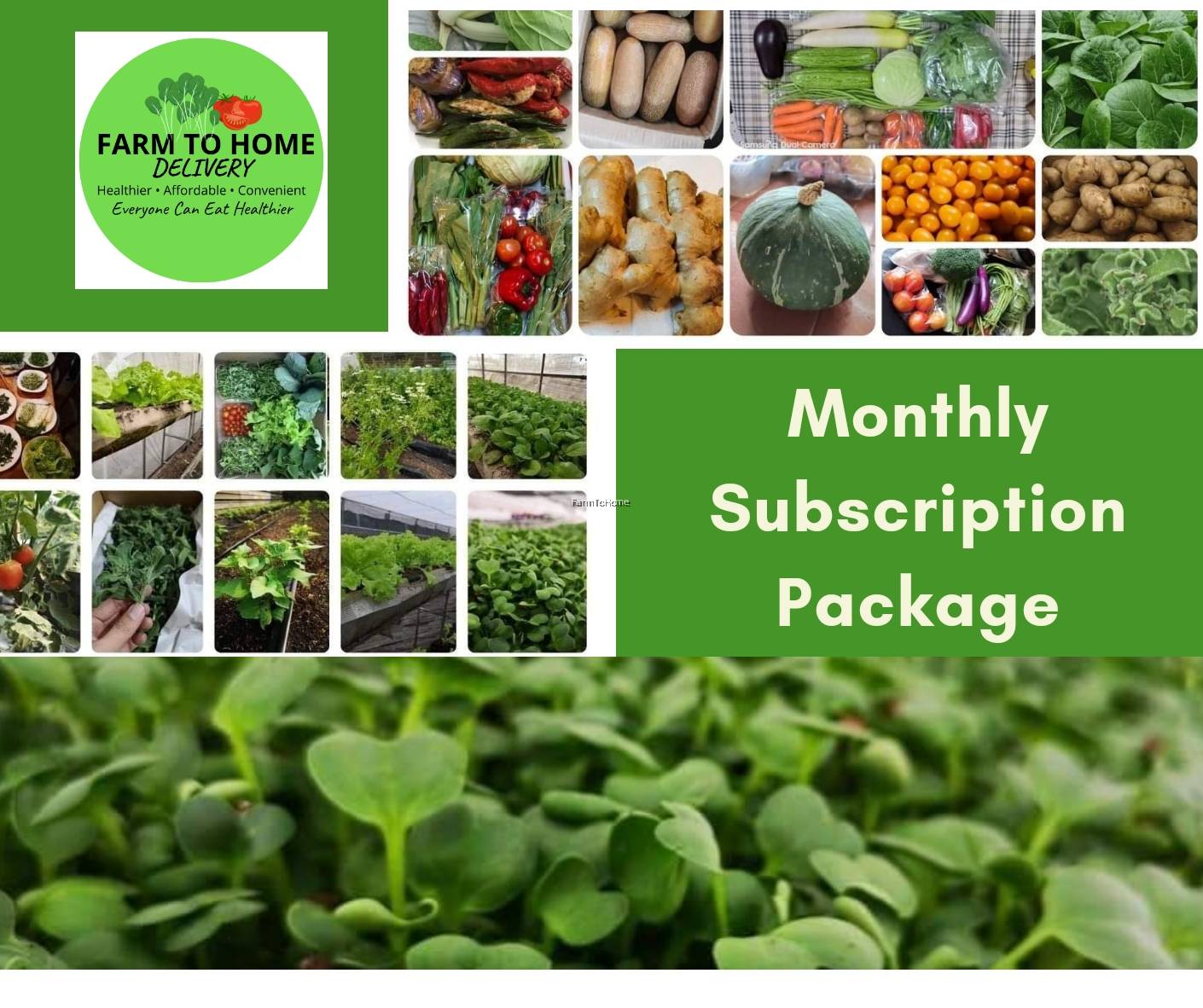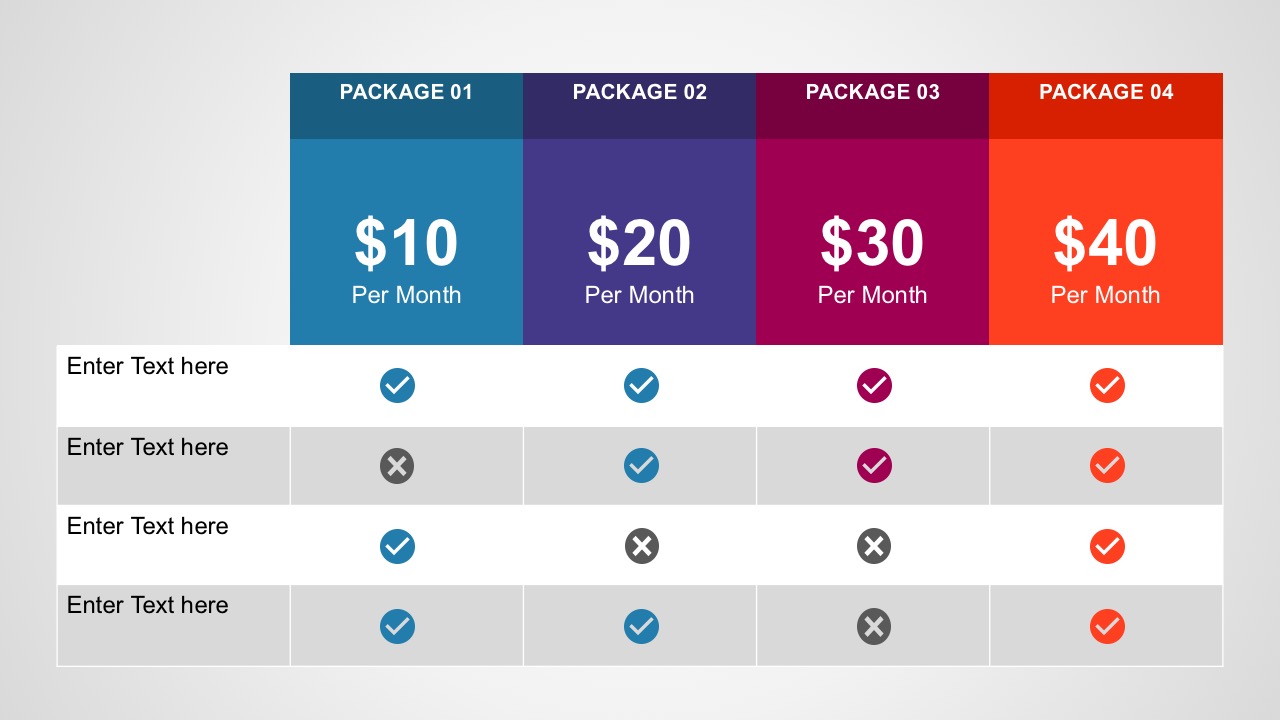Monthly package subscriptions have emerged as a popular business model, offering convenience, flexibility, and value to consumers. From streaming services to subscription boxes, businesses across various industries are leveraging this model to grow their customer base and generate recurring revenue. This comprehensive guide delves into the intricacies of monthly package subscriptions, providing insights into pricing strategies, customer acquisition and retention techniques, content optimization, market trends, and more.
In this exploration, we will uncover the benefits and drawbacks of monthly package subscriptions for consumers, analyze different pricing models and their impact on consumer behavior, and provide recommendations for businesses on how to optimize their pricing strategies.
Subscription Models

Monthly package subscriptions have become increasingly popular as a way for businesses to offer their products and services. These subscriptions provide consumers with a convenient and cost-effective way to access goods and services on a regular basis.
There are a variety of different monthly package subscriptions available, each with its own unique benefits and drawbacks. Some of the most common types of subscriptions include:
- Subscription boxes: These boxes are typically filled with a variety of products, such as snacks, beauty products, or home goods. They are often curated by experts and offer a convenient way to try new products or receive a variety of items on a regular basis.
- Streaming services: These services offer access to a library of movies, TV shows, or music for a monthly fee. They are a convenient way to watch or listen to your favorite content without having to purchase individual items.
- Meal kits: These kits provide all of the ingredients and instructions needed to cook a meal at home. They are a convenient way to save time and money on meal planning and preparation.
- Software subscriptions: These subscriptions provide access to software applications for a monthly fee. They are a cost-effective way to use software without having to purchase it outright.
Benefits of Monthly Package Subscriptions
There are a number of benefits to subscribing to monthly package subscriptions. These benefits include:
- Convenience: Monthly package subscriptions are a convenient way to receive products and services on a regular basis. You don’t have to worry about remembering to order or purchase items, and they are delivered right to your door.
- Cost savings: Monthly package subscriptions can often save you money compared to purchasing items individually. This is because businesses are able to offer discounts to subscribers in order to lock in recurring revenue.
- Variety: Monthly package subscriptions offer a great way to try new products or services. This is especially true for subscription boxes, which often feature a variety of items that you may not have otherwise purchased.
- Flexibility: Many monthly package subscriptions offer flexibility in terms of the length of the subscription and the items that are included. This allows you to customize your subscription to fit your needs and budget.
Drawbacks of Monthly Package Subscriptions
There are also some drawbacks to subscribing to monthly package subscriptions. These drawbacks include:
- Cost: Monthly package subscriptions can be more expensive than purchasing items individually, especially if you only use a few of the items in the subscription.
- Commitment: Monthly package subscriptions require a commitment to pay for a certain period of time, even if you don’t use all of the items in the subscription.
- Waste: Monthly package subscriptions can sometimes result in waste, especially if you don’t use all of the items in the subscription.
- Lack of control: Monthly package subscriptions give you less control over the items that you receive. This can be a drawback if you are particular about the products or services that you use.
Pricing Strategies
Pricing is a crucial element in the success of monthly package subscriptions. Businesses need to carefully consider the pricing strategies they employ to attract and retain customers while maximizing revenue.
There are various pricing models that businesses can use for monthly package subscriptions, each with its own advantages and disadvantages.
Tiered Pricing
Tiered pricing involves offering different subscription plans with varying levels of features and benefits at different price points. This allows businesses to cater to customers with diverse needs and budgets.
- Pros: Higher revenue potential, flexibility for customers.
- Cons: Complexity in managing multiple plans, potential for customer confusion.
Value Pricing
Value pricing focuses on providing customers with a perceived value that exceeds the price they pay. This involves offering a combination of features, benefits, and quality that customers believe is worth more than the subscription cost.
- Pros: Customer loyalty, increased perceived value.
- Cons: Potential difficulty in determining the optimal value proposition.
Freemium Model
The freemium model offers a basic level of service for free while charging for premium features or additional benefits. This can be an effective way to attract customers and build a user base.
- Pros: Low barrier to entry, potential for high conversion rates.
- Cons: Revenue may be limited compared to other models.
Recommendations for Businesses
To optimize their pricing strategies, businesses should consider the following recommendations:
- Research the market and competition to understand pricing trends and customer preferences.
- Define a clear value proposition that differentiates the subscription from competitors.
- Experiment with different pricing models and track results to identify the most effective approach.
- Consider offering discounts, promotions, or loyalty programs to incentivize subscriptions.
- Monitor customer feedback and adjust pricing strategies accordingly.
Customer Acquisition and Retention
Acquiring and retaining customers is crucial for the success of any monthly package subscription business. This section explores the methods used to attract new customers and the strategies employed to keep existing ones engaged.
Customer Acquisition
- Content Marketing: Creating and sharing valuable content that resonates with potential customers can establish a brand as an industry expert and attract subscribers.
- Social Media Marketing: Leveraging social media platforms to engage with potential customers, promote subscription offerings, and build relationships.
- Referral Programs: Offering incentives to existing customers for referring new subscribers can tap into their networks and expand the customer base.
- Influencer Marketing: Collaborating with influencers in the industry to promote the subscription service and reach a wider audience.
- Paid Advertising: Utilizing paid advertising channels, such as search engine ads and social media ads, to target potential customers and drive subscriptions.
Customer Retention
- Personalized Experiences: Tailoring content, recommendations, and offers to each customer’s preferences can enhance engagement and reduce churn.
- Exceptional Customer Service: Providing prompt, responsive, and empathetic customer support is essential for building customer loyalty.
- Value-Added Content and Features: Offering exclusive content, perks, and additional features can increase customer satisfaction and reduce the likelihood of cancellations.
- Loyalty Programs: Implementing loyalty programs that reward repeat purchases and long-term subscriptions can incentivize customer retention.
- Customer Feedback: Regularly collecting and analyzing customer feedback can help identify areas for improvement and enhance the overall subscription experience.
Content and Value

Providing valuable content and experiences to subscribers is paramount for the success of any subscription-based business. It’s the foundation upon which customer satisfaction, retention, and ultimately, business growth are built.
Valuable content and experiences not only entice potential subscribers to sign up but also keep them engaged and loyal over time. It differentiates your subscription offering from competitors and establishes your business as a trusted source of information, entertainment, or value.
Types of Content and Experiences
The types of content and experiences that businesses can offer to subscribers vary widely depending on the industry and target audience. Some common examples include:
- Exclusive access to premium content, such as articles, videos, or podcasts
- Personalized recommendations and curated content tailored to individual interests
- Interactive experiences, such as live Q&A sessions, webinars, or online communities
- Exclusive discounts, promotions, and early access to new products or services
- Behind-the-scenes content, giving subscribers a glimpse into the company’s culture and values
Creating Compelling Content and Experiences
To create compelling content and experiences that resonate with subscribers, businesses should consider the following recommendations:
- Understand your audience: Conduct thorough research to identify the needs, interests, and pain points of your target subscribers.
- Provide high-quality content: Deliver valuable, informative, and engaging content that aligns with your audience’s interests.
- Be consistent: Establish a regular schedule for delivering new content and experiences to keep subscribers engaged.
- Offer exclusive value: Provide content and experiences that are not available anywhere else, creating a sense of exclusivity and added value for subscribers.
- Seek feedback: Regularly gather feedback from subscribers to understand what they value most and make adjustments accordingly.
Competition and Market Trends
The monthly package subscription market is a rapidly growing and competitive industry. In order to stay ahead of the competition, businesses need to be aware of the latest market trends and the major players in the industry.
Some of the major competitors in the monthly package subscription market include Amazon, Birchbox, and Dollar Shave Club. These companies have a strong track record of success and have a loyal customer base. They offer a variety of subscription boxes that cater to different interests and needs.
Market Trends
One of the key market trends in the monthly package subscription industry is the rise of personalized subscription boxes. These boxes are tailored to the individual needs and interests of the customer. This trend is being driven by the increasing use of data and analytics to understand customer behavior.
Another key market trend is the growth of subscription boxes that offer unique and exclusive products. These boxes are often curated by experts and offer products that are not available anywhere else. This trend is being driven by the increasing demand for unique and personalized experiences.
Staying Competitive
In order to stay competitive in the evolving market landscape, businesses need to focus on the following:
- Offering a unique and differentiated product or service
- Providing excellent customer service
- Using data and analytics to understand customer behavior
- Adapting to the latest market trends
By focusing on these areas, businesses can increase their chances of success in the monthly package subscription market.
Ending Remarks: Monthly Package Subscriptions

As the monthly package subscription market continues to evolve, businesses must stay abreast of emerging trends and adapt their strategies accordingly. By understanding the key drivers of success in this dynamic landscape, businesses can effectively acquire and retain customers, create compelling content and experiences, and stay competitive in the ever-changing market.
FAQ Compilation
What are the benefits of monthly package subscriptions for consumers?
Convenience, flexibility, cost savings, access to exclusive content and experiences.
How can businesses optimize their pricing strategies for monthly package subscriptions?
Conduct market research, analyze competitor pricing, offer tiered pricing options, and provide value-added services.
What are some effective customer acquisition strategies for monthly package subscriptions?
Content marketing, social media advertising, influencer partnerships, referral programs.